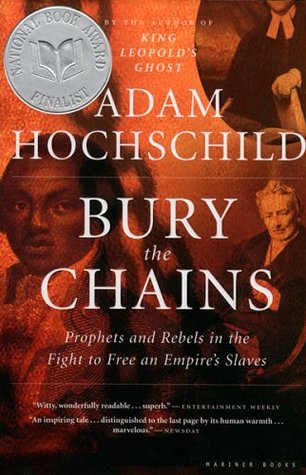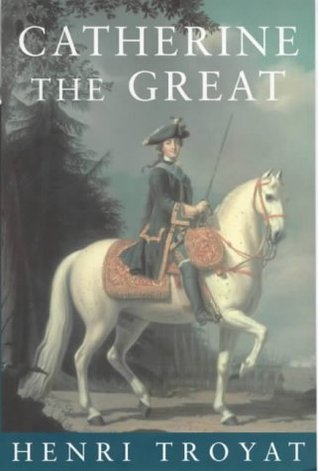Estimated read time: 6 min read
Table of Contents
List of Characters
| Character Name | Role in Story | Description Summary |
|---|---|---|
| Lieutenant General Frederick Browning | British Army commander | Key planner of Operation Market Garden, known for cautious leadership. |
| Major General Roy Urquhart | Commander of the British 1st Airborne Division | Responsible for the airborne assault, courageous but faced challenges. |
| General Wilhelm Bittrich | Commander of the German II SS Panzer Corps | Main antagonist, skilled and determined defender. |
| Field Marshal Bernard Montgomery | British Army Field Marshal | Strategic overseer, ambitious and confident in the operation. |
| Lieutenant Colonel John Frost | British Airborne officer | Led the defense of Arnhem bridge, brave and resilient. |
| General Walter Model | German Army Field Marshal | Ruthless defender, known for tactical acumen. |
Role Identification
| Character Name | Military Branch/Unit | Role Description |
|---|---|---|
| Frederick Browning | British Army | Coordinated the airborne components of the operation. |
| Roy Urquhart | British 1st Airborne Division | Led the airborne troops in capturing Arnhem. |
| Wilhelm Bittrich | German II SS Panzer Corps | Led the armored counterattack against Allied forces. |
| Bernard Montgomery | British Army | Overall commander responsible for Market Garden strategy. |
| John Frost | British Airborne | Commanded troops holding Arnhem bridge against overwhelming odds. |
| Walter Model | German Army | Directed German defensive operations against the Allies. |
Character Descriptions
Lieutenant General Frederick Browning
Frederick Browning is portrayed as a meticulous planner and cautious leader. He was deeply involved in the planning stages of Operation Market Garden and sought to balance boldness with pragmatism. His background in the British Army allowed him to understand the complexities of airborne operations.
Major General Roy Urquhart
Roy Urquhart commanded the British 1st Airborne Division tasked with capturing the Arnhem bridge. Despite his bravery and dedication, he faced logistical and communication challenges that complicated the mission. His leadership in the face of adversity was a key focus.
General Wilhelm Bittrich
Bittrich is depicted as a formidable German commander. His leadership of the II SS Panzer Corps was marked by decisive and aggressive counterattacks that stalled the Allied advance. His military acumen posed a significant obstacle to the airborne forces.
Field Marshal Bernard Montgomery
Montgomery is characterized by his confidence and strategic vision. As the architect of Market Garden, he believed the operation would end the war quickly. His ambition sometimes led to underestimating German resistance and overestimating Allied capabilities.
Lieutenant Colonel John Frost
John Frost emerges as a symbol of resilience. Leading the defense of the Arnhem bridge, he and his men held out against superior German forces for days. His tactical skill and determination became emblematic of the airborne troops' struggle.
General Walter Model
Model's ruthlessness and tactical skill defined his role as a defender of the German heartland. He effectively mobilized German forces to counter the Allied offensive, demonstrating adaptability and strategic insight.
Character Traits
| Character Name | Key Traits | Impact on Operation Market Garden |
|---|---|---|
| Frederick Browning | Cautious, methodical, pragmatic | Ensured detailed planning but sometimes cautious to a fault. |
| Roy Urquhart | Brave, resilient, challenged | Led troops valiantly despite setbacks. |
| Wilhelm Bittrich | Aggressive, strategic, determined | Successfully countered Allied advances. |
| Bernard Montgomery | Ambitious, confident, visionary | Pushed for rapid victory, sometimes overoptimistic. |
| John Frost | Courageous, steadfast, tactical | Maintained critical defense under pressure. |
| Walter Model | Ruthless, adaptive, commanding | Orchestrated effective German defense. |
Character Background
Frederick Browning
Browning's military career was marked by experience in airborne operations and staff planning. His prior role in the development of British airborne forces gave him insight critical for Market Garden.
Roy Urquhart
Urquhart had led airborne troops during earlier engagements. His experience was tested severely during the Arnhem operation, where communication failures and unexpected German resistance challenged his leadership.
Wilhelm Bittrich
Bittrich was a seasoned SS commander with experience on multiple fronts. His leadership in armored warfare was instrumental in the German counteroffensive during Market Garden.
Bernard Montgomery
Montgomery's extensive military career included command roles in North Africa and Europe. Known for his meticulous planning, he was confident that Market Garden could expedite the war's conclusion.
John Frost
Frost was an experienced airborne officer with previous combat experience. His leadership during the defense of Arnhem bridge became legendary despite the eventual withdrawal.
Walter Model
Model had a reputation as one of Germany's most capable field marshals. His defensive strategies were critical in slowing the Allied advance during the late stages of the war.
Character Arcs
Lieutenant General Frederick Browning
Browning starts as a cautious planner but faces criticism as events unfold. His arc reflects the tension between planning and the unpredictable realities of war.
Major General Roy Urquhart
Urquhart's arc moves from confident command to a leader grappling with the chaos of battle. His resilience under pressure highlights the human cost of the operation.
General Wilhelm Bittrich
Bittrich's arc is one of aggressive defense, shifting from reactive to proactive, demonstrating effective leadership in crisis.
Field Marshal Bernard Montgomery
Montgomery's arc centers on ambition tempered by the operation’s failure. His confidence is challenged, leading to reflection on the limits of strategy.
Lieutenant Colonel John Frost
Frost evolves from a competent officer to a symbol of endurance. His leadership during the siege at Arnhem becomes a testament to determination.
General Walter Model
Model's arc shows his adaptability and ruthless defense, embodying Germany’s desperate but effective resistance during the operation.
Relationships
| Character 1 | Character 2 | Nature of Relationship |
|---|---|---|
| Frederick Browning | Roy Urquhart | Commander-subordinate, collaborative yet pressured by battlefield realities. |
| Roy Urquhart | John Frost | Leader-subordinate; Frost’s defense critical to Urquhart’s mission. |
| Bernard Montgomery | Frederick Browning | Strategic leader and planner; Montgomery’s vision guided Browning’s planning. |
| Wilhelm Bittrich | Walter Model | German commanders coordinating defense efforts. |
| John Frost | British Airborne Troops | Inspirational leader to his men during Arnhem defense. |
| Frederick Browning | Bernard Montgomery | Professional; Browning executed Montgomery’s strategic directives. |
Conclusion
The characters in A Bridge Too Far provide a multifaceted view of Operation Market Garden. Leadership styles range from Montgomery’s strategic ambition to Frost’s frontline resilience. German commanders like Bittrich and Model add depth to the portrayal of the fierce resistance faced by the Allies. These characters’ backgrounds and traits collectively illustrate the complexities and human elements behind one of World War II’s most daring operations.





